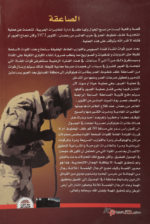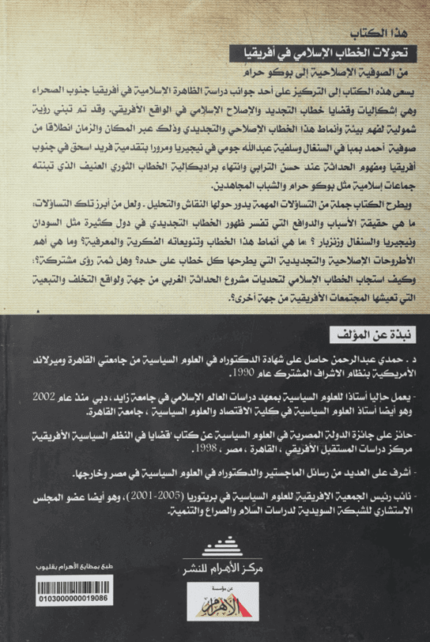رحلة إلى جهنم
55.00 AED
A True Story, Not a Product of Imagination, with a File in Military Intelligence. It tells of a suicide mission behind enemy lines during the October 6th War in 1973, where the success or failure of the crossing depended on this operation.
After the infantry forces crossed the Suez Canal using lightweight rubber boats, they needed heavy weapons such as tanks, artillery, and missiles, requiring the construction of heavy bridges over the canal, a process that would take 6 to 8 hours. During this time, the infantry forces that successfully crossed to the east of Sinai would be subjected to heavy enemy armored attacks. Therefore, a unit from the ‘Saaqa’ (Thunderbolt) forces would be sent behind enemy lines by helicopters to the ‘Madaa’iq’ area, two hours after the crossing, to destroy and disable enemy armored vehicles and prevent them from interfering in the crossing operation. This was a life or death operation because failure in it would mean the failure of the entire crossing operation.
The ‘Saaqa’ unit would depart at 4:30 PM on Saturday, the 6th of October (10th of Ramadan). As the helicopters took off, they were attacked by enemy aircraft, and many of them were destroyed, making the situation complicated and dangerous. Nobody knew if any Egyptian helicopters managed to reach the ambush site in Ras Sudr, 80 km behind the enemy lines.
The General Command of the Armed Forces decided to make five attempts: two by helicopters, one by speedboats, one by amphibious vehicles, and one by gliders, to make contact with the forces that might have succeeded in reaching the strait. However, all these attempts failed, except for the suicide camel caravan.
This is the core of the story, and how the five men (three from the border guards, a tribal representative from Bedouin tribes, and a ‘Saaqa’ officer) managed to reach the strait, fulfill the mission, and then return home. Three of them carried two others back to the homeland, and the mission was accomplished, thanks to God Almighty.

























